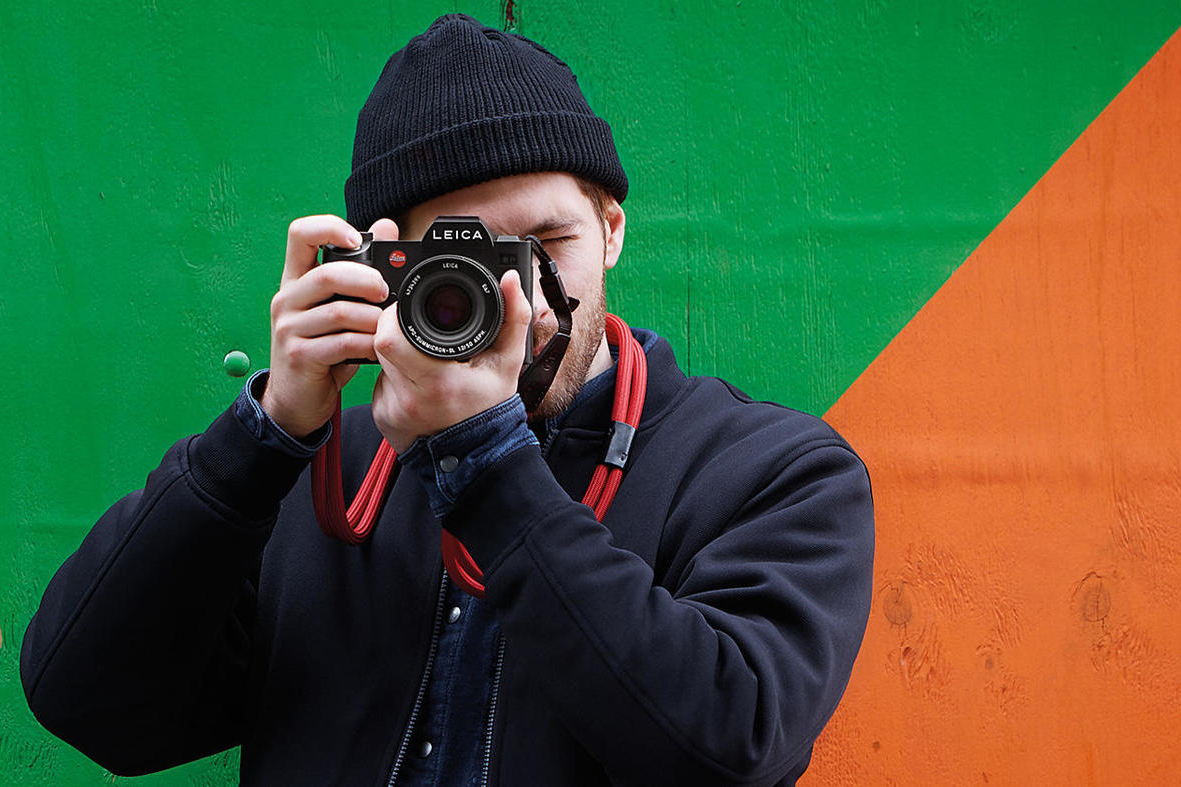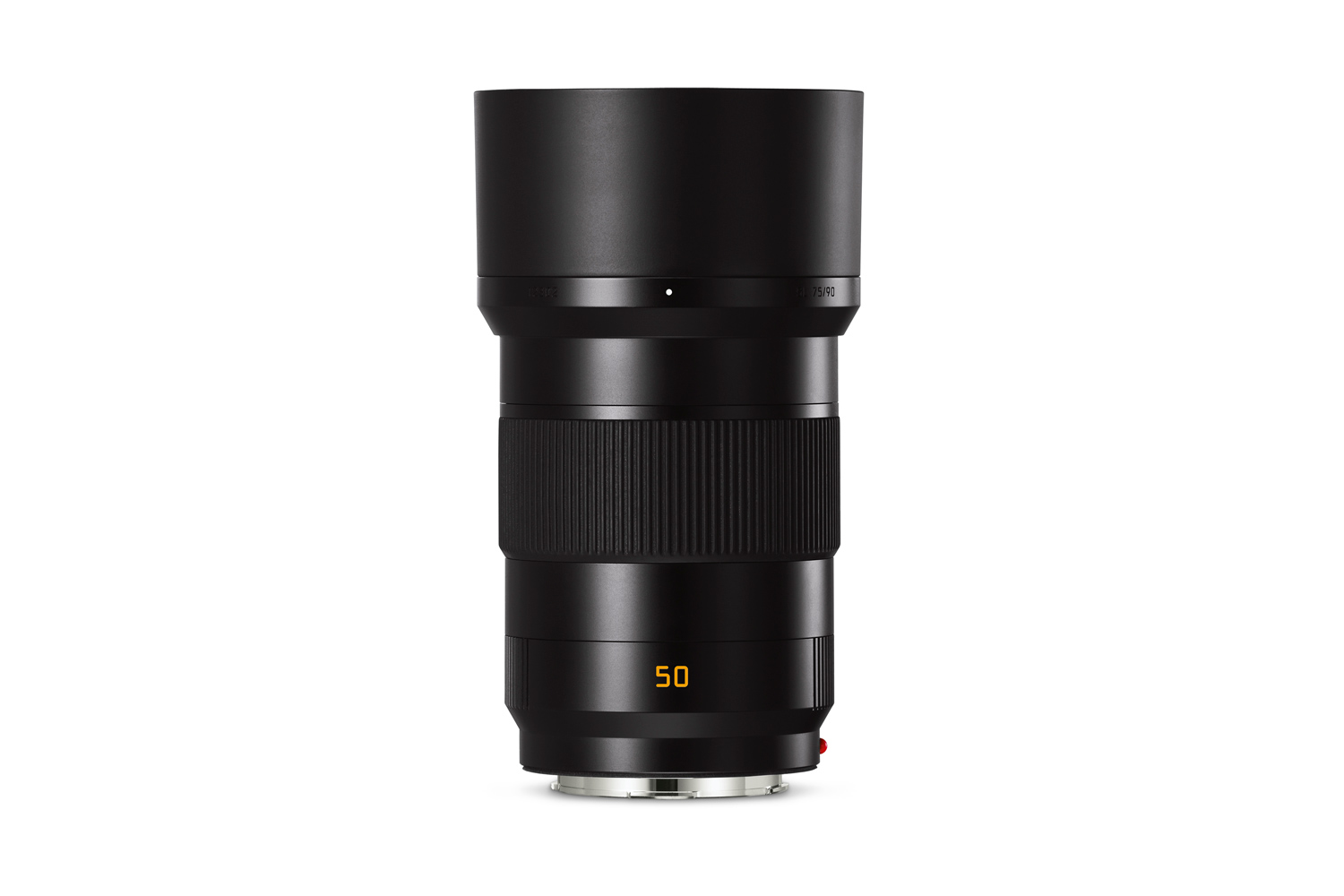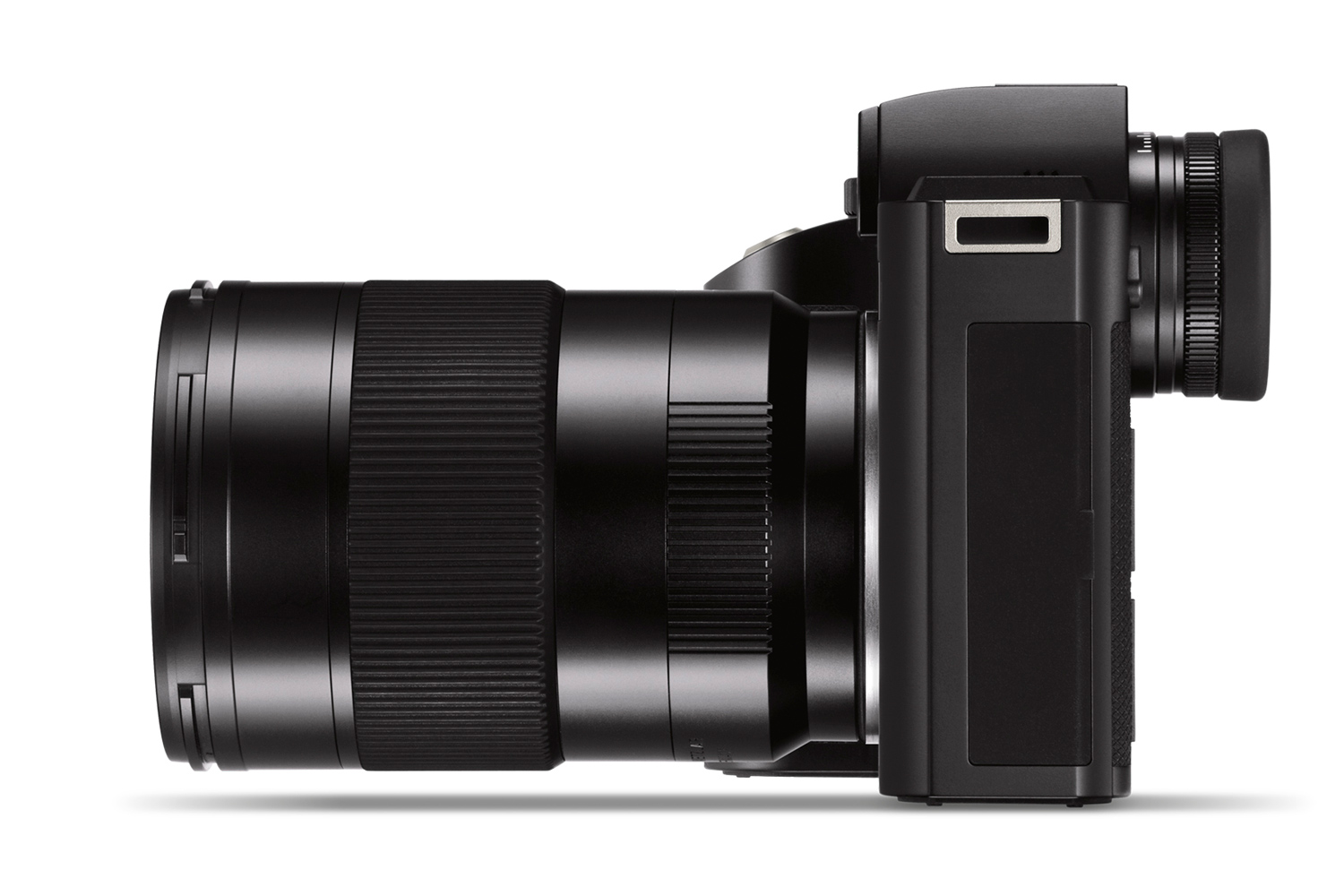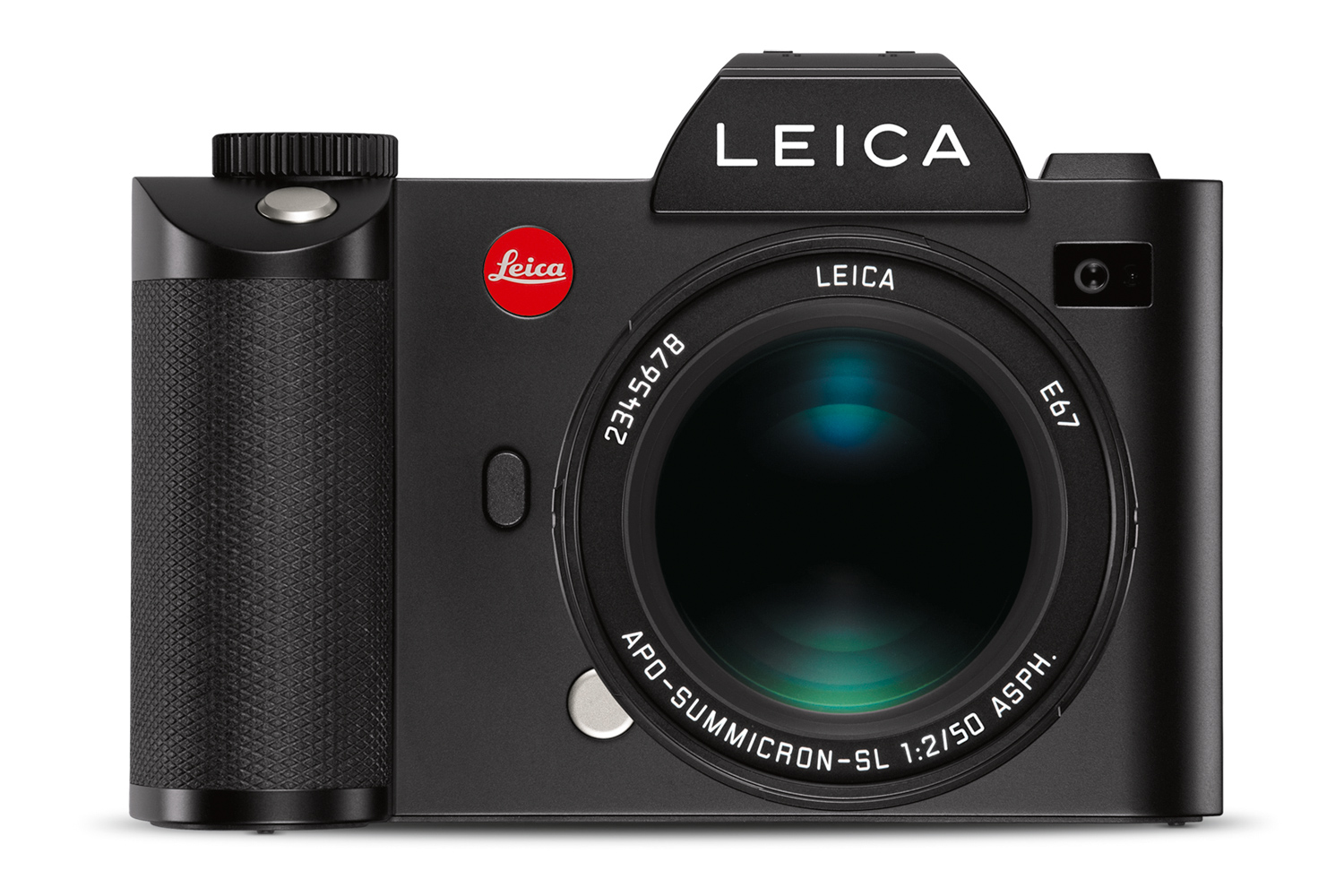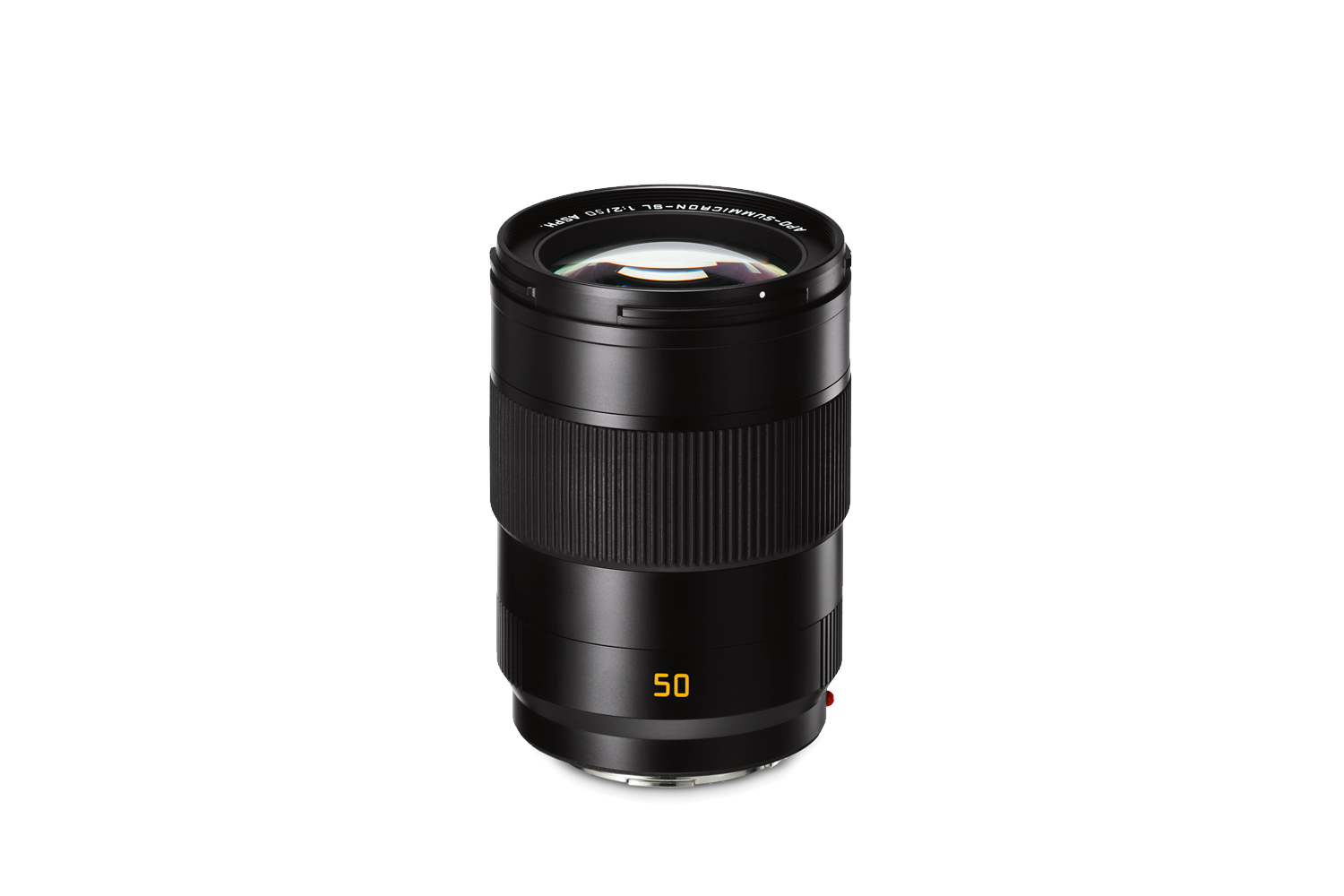Leica has introduced the APO-Summicron-SL 50mm f/2, a full-frame L-mount lens that costs $4,495. Panasonic, a member of the L-mount Alliance, also has a 50mm lens available for the system — with a faster f/1.4 aperture and lower price of $2,300. We’ve used it, and it’s a fantastically sharp lens. So why buy the Leica? Because it’s a Leica.
Leica has always been the king of overpriced understatement, especially with the SL series. Owning a Leica camera is a way of communicating to photography nerds that you have sophisticated taste and probably a lot of money, but any non-photographer will pass you by without even noticing. The APO-Summicron-SL 50mm f/2 fits that mold, with a subtle black exterior free from any buttons or dials, save the focusing ring. There isn’t even focus distance scale; the only labeling is a gold “50” on the exterior and the usual name and specifications encircling the front element.
Thanks to the f/2 aperture, it’s also relatively small, measuring a hair over 4 inches long and just 2.8 inches wide. It weighs 1.6 pounds; hardly a lightweight, but certainly less than the 2.1-pound Panasonic S Pro 50mm f/1.4 mentioned above. This is a premium lens that actually looks like it was built for a mirrorless system, bucking the somewhat strange trend of manufacturers introducing monstrously large lenses for these compact cameras.
That’s not to say this new Leica lens won’t also have some technical advantages. APO stands for apochromatic, meaning the lens is designed to correct chromatic aberration in all three color channels, focusing red, green, and blue light to the same point — one of the biggest challenges in optics. The 50mm f/2 uses three aspherical elements to accomplish this goal. Assuming the lens holds up to its claims, that should mean sharper, more true-to-life images without colored fringing around high-contrast edges, rendering details in things like textiles and hair very clearly.
But many modern lenses, with or without an APO designation, have gotten very good at suppressing chromatic aberration (the $1,400 Sigma 40mm F1.4 Art, also available for the L-mount, is a good example). Add in digital correction, and the problem becomes even lesser.
All of this leaves us right back where we started: The APO-Summicron-SL 50mm f/2 is probably an excellent lens, but its real value is in the Leica name. And that’s OK. It’s not like the SL series wasn’t already prohibitively expensive for all but a small niche of photographers. And if $4,495 isn’t rich enough for your blood, there’s always the $5,295 Summilux-SL 50mm f/1.4.
